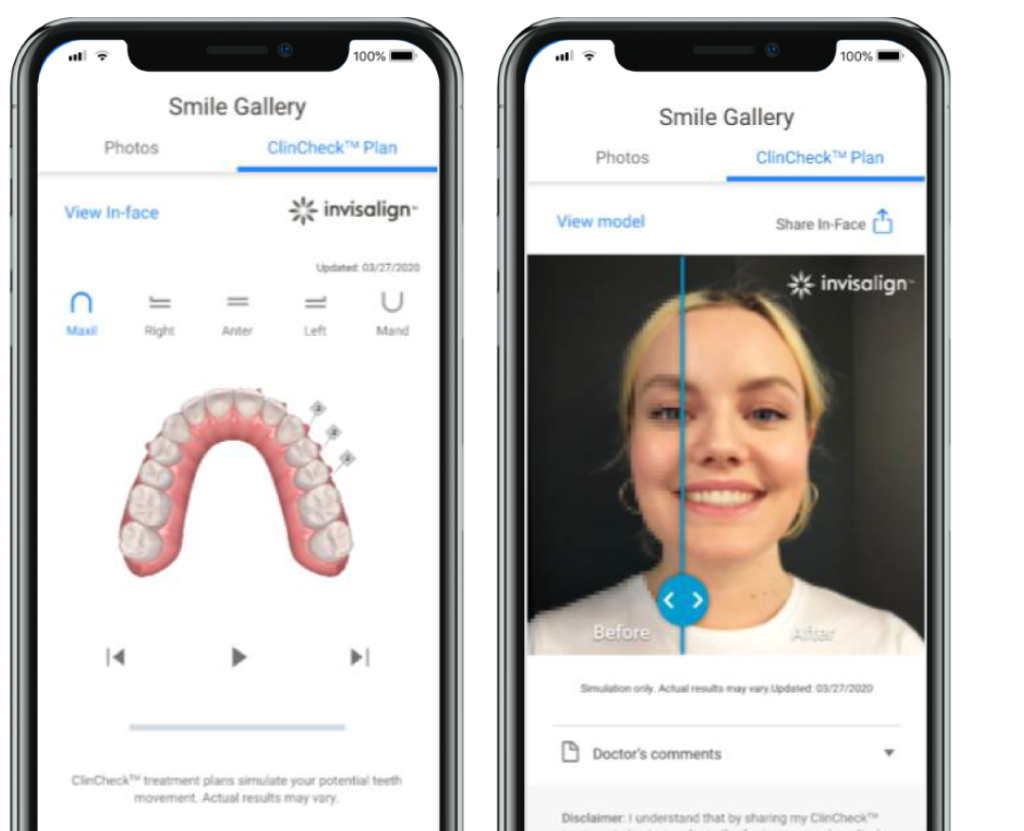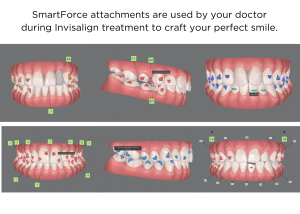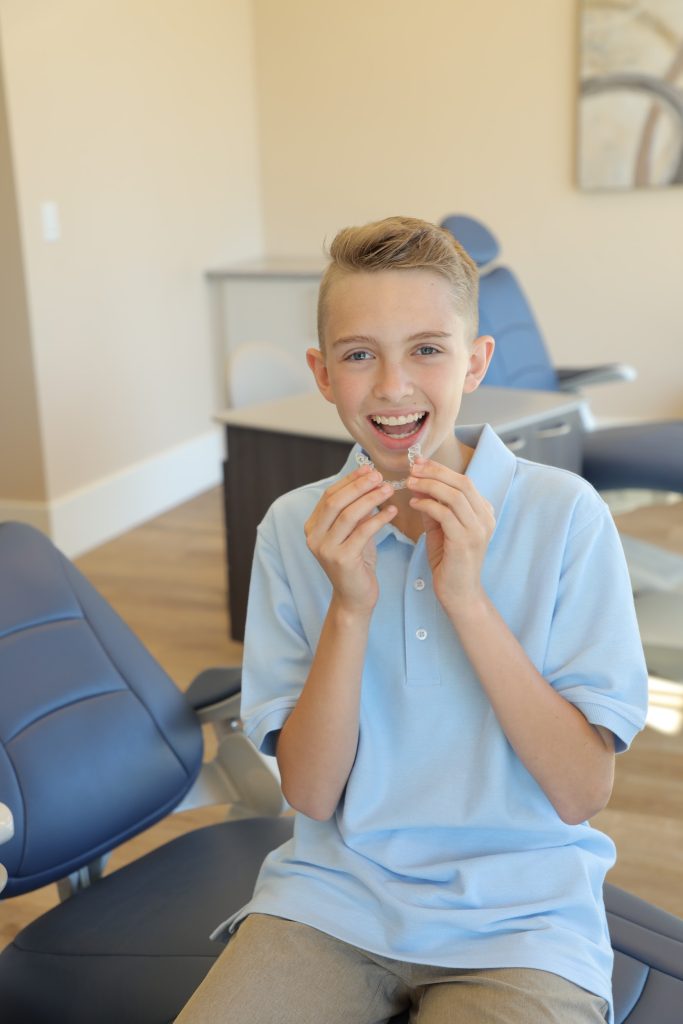
Decoding Your Invisalign Treatment: A Guide to Understanding and Maximizing Your Orthodontic Care
As you embark on your journey towards a healthier and more confident smile, familiarizing yourself with the language of Invisalign clear aligners can enrich your experience and enhance your outcomes with Hatcher & Frey Orthodontics. Why? Because understanding your treatment plan enables you to see your smile progress in real-time and have the tools and the language to ask questions should you be curious or have concerns.
Achieve Complete Transparency in Your Treatment
The first step you’ll want to take is downloading and accessing your My Invisalign app and entering your Patient ID.
Within the app, you will have an option to view your secure, doctor-provided ClinCheck Plan once it’s shared with you. ClinCheck Treatment Planning is a proprietary software that allows your orthodontist to map out your entire treatment plan, from start to finish. It provides a 3D visualization of your teeth and their planned movements, offering you a preview of your future smile. By demystifying the process, it fosters a stronger understanding of what progress you’ve made, what’s currently happening in your treatment, and what you can expect in the future.

Obtaining Optimal Tooth Response With Smartforce Features
One of the defining characteristics of Invisalign clear aligners is the SmartForce features. These are strategic enhancements such as small, tooth-colored attachments that are affixed to your teeth. These features generate specific pressure points that facilitate precise tooth movement. Given their role in guiding the positional changes of your teeth, understanding these features can help you appreciate the technological finesse behind your smile’s transformation.

To help you navigate your path to whole smile transformation, let’s break down some of the key terms and features that you may see when you review your ClinCheck plan, and some of the attachments that may help get your teeth into optimal position:
- White diamonds – areas where your doctor is prescribing tooth recontouring, also known as tooth manicuring
- Optimized support attachments – specifically designed to hold aligner down so adjacent teeth can be pressed on
- Root Control Attachment – pushes roots a specific direction
- Optimized Contusion attachment – pushes the tooth down
- Green boxes with numbers are “spaces” between teeth
- Optimized multi-plane attachment – extrusion and rotation happening in same tooth
- Power Ridge – designed to torque the tooth; tipping the tooth forward
- Rotation attachment – like a corkscrew to help tooth twist down
- Precision cut hook – where you can hook a rubber band (may or may not be in use); mesial or distal direction
- Bite ramp – an unfilled bubble to help tooth prevent grinding/rest
- Bumps – subtle, tooth colored knobs applied to the surface of your tooth; at the beginning of your treatment, you will likely have more bumps, towards the end of your treatment you will have less; and during retainer wear (post-treatment) you will not have any bumps applied to your teeth
Prioritizing Your Tooth Movement Using Smartstage Grouping
When using Invisalign clear aligners, your doctor prescribes the sequencing of tooth movement using their expert discretion. Instead of moving all your teeth simultaneously, SmartStage organizes these sequences into groups, prioritizing their movement based on the clinical needs of your case. This not only modifies the shape of your individual trays, but ensures a smoother, more precise, and efficient progression towards your desired results.
“This is a lot like shooting clay pigeons. You never shoot at the clay. You have to calculate the flight line and lead target before pulling the trigger,” Dr. Scott Frey says. “Invisalign is employing this same concept with SmartStage to arrange for a “successful collision” between the tooth and the aligner at any given stage. This means more ideal force systems, better tracking of aligners, and faster treatment with Invisalign.”
Creating Ideal Outcomes Through Machine Learning And Compliance

Invisalign is a truly unique orthodontic system as it draws upon 15 million records of patient data and their doctors’ expertise, machine learning, and computer automation to take the ‘guessing game’ of tooth movement out of treatment. But board-certified orthodontists prescribing this smile-changing system still rely on a key element for optimal results: patient compliance.
Compliance is a crucial element of successful Invisalign treatment. It refers to your commitment to wearing your aligners for the recommended 20-22 hours per day and regularly switching to new sets as directed by your orthodontist. Great compliance needs to be there so that cells can do their job and get the tooth to move. If not compliant, the bone won’t respond, the cells won’t respond, and movement won’t happen.
When using Invisalign clear aligners along with complying with your doctor’s treatment plan, you’re guaranteed to achieve amazing results – the most significant of which is a straighter, more aesthetically pleasing smile. These results will also encompass improved oral health since straighter teeth are easier to clean and less prone to decay and gum disease.
Understanding the unique language of Invisalign clear aligners can improve your treatment experience, and communications with your care team, and enhance your outcomes. By decoding these terms and exploring the custom features of your aligners, you can ensure truly one-of-a-kind orthodontic care and the smile transformation you’ve always dreamed of – courtesy of Hatcher & Frey Orthodontics.